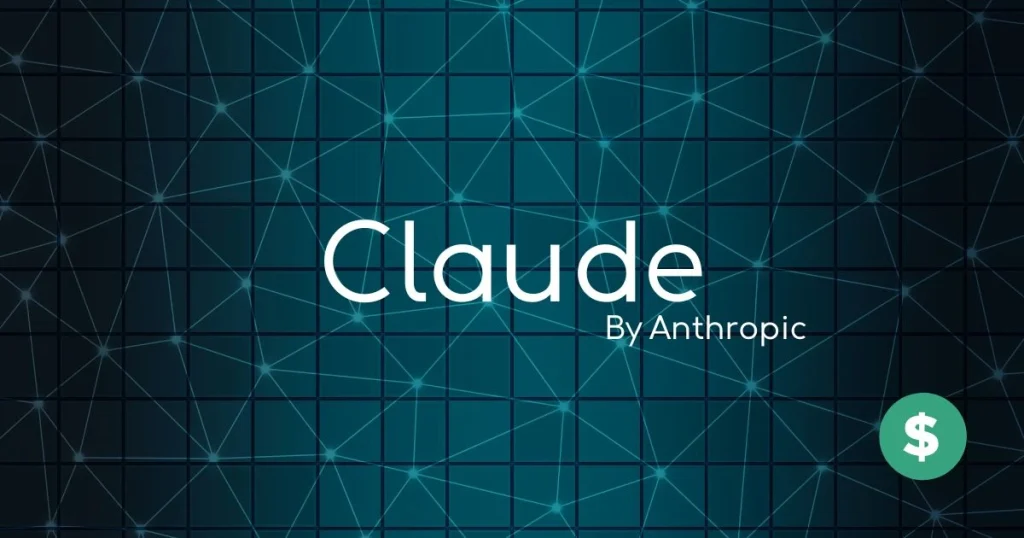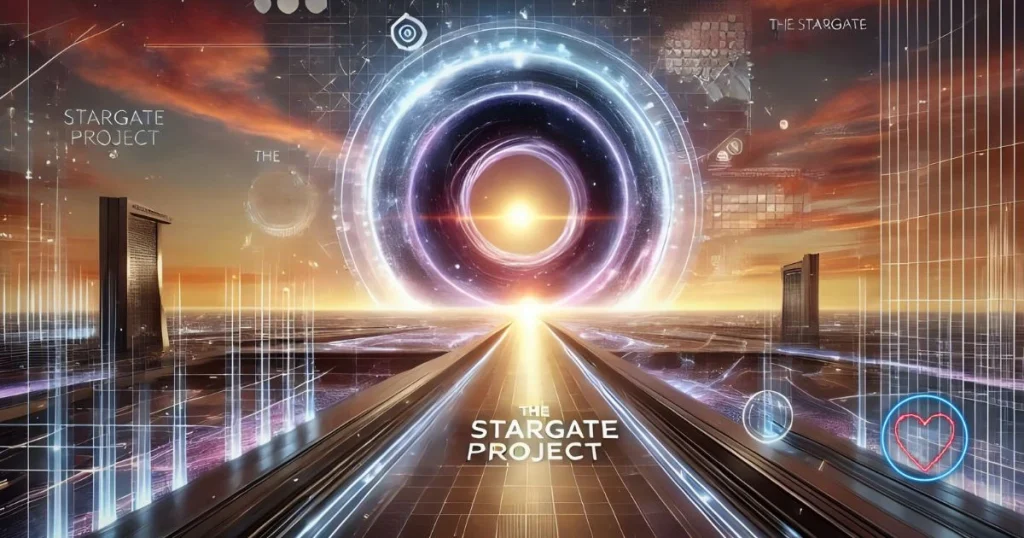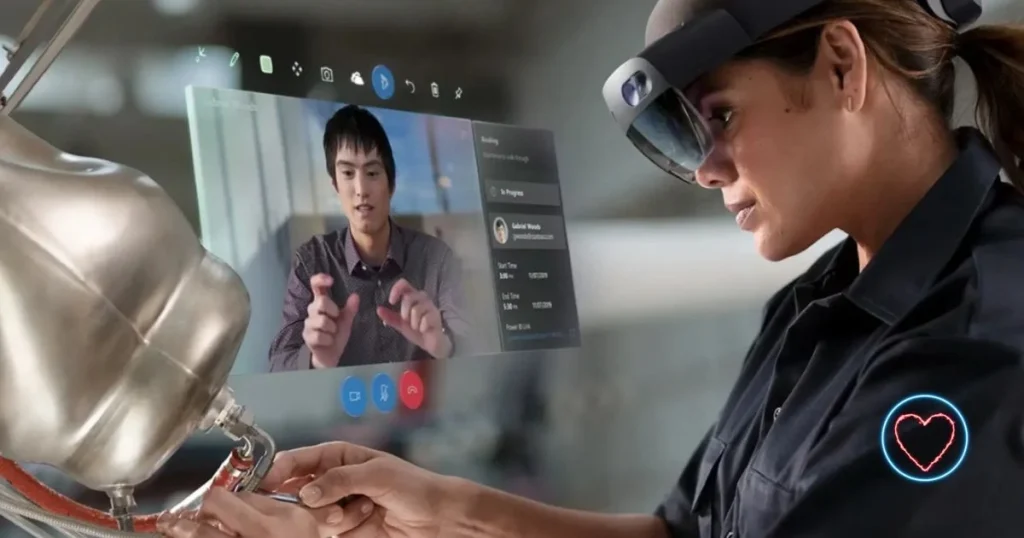In May 2025, Google introduced Veo 3 at its I/O developer conference. This new model represents a major step forward in artificial intelligence and video generation. Developed by Google DeepMind, Veo 3 can create high-quality video content that includes synchronized audio, addressing a major limitation in earlier AI models.
This integration of video and sound opens new possibilities for creators, filmmakers, and educators alike. By combining sight and sound, Veo 3 delivers a more immersive and realistic experience.
What Is Veo 3?
Veo 3 is the latest AI video generation model from Google. Unlike its predecessors, it produces video clips that include realistic audio. This means that, for the first time, users can generate both visuals and sounds in a single prompt.
For example, if someone types, “A forest with birds singing and a stream flowing,” Veo 3 generates a video showing that scene—complete with chirping birds and the sound of running water. This development is more than a technical upgrade; it changes how people can tell stories, explain ideas, or share experiences.
Key Features of Veo 3
1. Audio and Video Integration
One of the most notable features of Veo 3 is its ability to generate synchronized audio. This includes environmental sounds, human speech, and background music. Earlier AI tools created silent videos, which meant users had to manually add audio. With Veo 3, the process is seamless.
2. High-Quality Output
Veo 3 produces videos in 4K resolution. It handles lighting, shading, and motion with greater accuracy. As a result, the videos feel more realistic and visually appealing. These improvements make the tool ideal for storytelling, marketing, and education.
3. Better Prompt Understanding
The model also shows improved adherence to text prompts. In earlier models, the output often missed details or misrepresented parts of the input. Veo 3, however, delivers results that better match the user’s intent. This allows for clearer communication and more reliable outcomes.
4. Enhanced Creative Control
Users now have more control over the appearance, pacing, and content of their videos. For example, it’s possible to specify mood, time of day, or camera angle. This flexibility makes the model useful for both professionals and casual users.
Integration with Flow
Alongside Veo 3, Google introduced a tool called Flow. This creative workspace connects various AI models—like Imagen for images and Gemini for language. With Flow, users can generate full video sequences from simple text descriptions.
Flow allows creators to stitch together scenes, add transitions, and adjust pacing. As a result, the production process becomes faster and more intuitive. Instead of spending hours editing footage, users can create polished content in minutes.
How to Access Veo 3
Veo 3 is currently available in the United States through two main platforms:
- Gemini App (Ultra Plan): Subscribers can use the tool through the Gemini app, which includes access to Veo 3’s video and audio generation features.
- Vertex AI: Businesses and developers can integrate Veo 3 into their workflows using Google Cloud’s Vertex AI platform.
There is no official timeline for global release. However, given the model’s success, wider availability is likely to follow soon.
Applications Across Industries
Veo 3 has practical applications across multiple fields. These include:
Filmmaking
Independent filmmakers can create scenes without expensive equipment or large crews. With Veo 3, high-quality visuals and soundtracks are accessible through a simple prompt.
Marketing
Marketers can generate video ads quickly and tailor them to specific audiences. For example, a product launch video can be made in hours instead of days.
Education
Teachers and instructors can use Veo 3 to illustrate complex topics. Instead of static diagrams, they can produce dynamic, narrated videos that help students visualize concepts more clearly.
Journalism and News
Reporters can use AI-generated clips to support stories or simulate events. This is particularly useful for historical reconstructions or future projections.
Gaming and Virtual Worlds
Developers in the gaming industry can use Veo 3 to rapidly prototype environments or cutscenes. This accelerates development and reduces costs.
Ethical Considerations
As with all generative AI tools, Veo 3 raises ethical questions. To address these concerns, Google has implemented several safety features.
Content Moderation
Veo 3 includes safeguards that prevent the generation of harmful, explicit, or misleading content. These filters help maintain responsible use and reduce the risk of abuse.
Transparency Tools
All videos generated with Veo 3 include a digital watermark called SynthID. This watermark is invisible to the human eye but can be detected digitally. It allows viewers to verify that a video was made using AI. This transparency builds trust and discourages deception.
The Future of AI-Generated Media
Veo 3’s launch reflects a broader shift in how people create and consume media. In the past, producing video required expensive equipment and technical skills. Today, AI tools like Veo 3 make the process faster, cheaper, and more accessible.
Still, challenges remain. While Veo 3 improves video quality and audio integration, it is not perfect. Errors in rendering, prompt misinterpretation, or sound mismatches may still occur. Continuous updates and user feedback will play a key role in refining these systems.
Moreover, creators must use these tools ethically. As AI-generated media becomes more realistic, distinguishing between fact and fiction could become harder. Therefore, education and clear labeling are essential.
Conclusion
Google Veo 3 represents a turning point in the evolution of AI-generated content. With its ability to generate realistic video and synchronized audio from simple prompts, it opens new doors for creativity and communication. Whether you’re a filmmaker, teacher, advertiser, or simply a curious user, Veo 3 offers powerful capabilities that were unthinkable just a few years ago.
As technology continues to advance, tools like Veo 3 will play a growing role in how stories are told and ideas are shared. By embracing this innovation—and using it responsibly—we can unlock new ways to create, learn, and connect.











